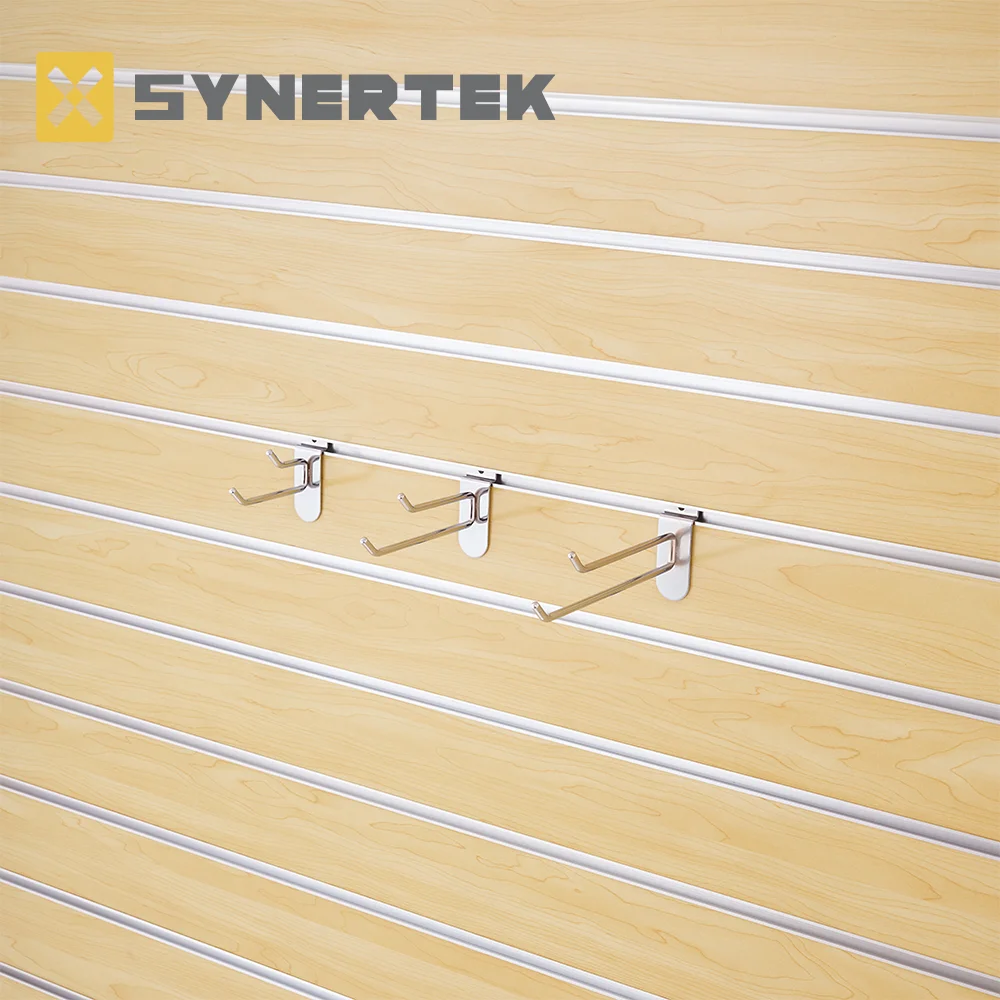Exploring the Four Types of Plywood: A Comprehensive Guide for Builders and Designers
3 min readPlywood is a versatile and essential material widely used in construction, furniture making, and various DIY projects. Understanding the different types of plywood available can significantly impact the quality, durability, and aesthetics of your projects. In this article, we will delve into the four primary types of plywood, examining their unique characteristics, applications, and advantages. This knowledge will empower builders, designers, and DIY enthusiasts to make informed decisions tailored to their specific needs.
- Softwood Plywood
Characteristics:
Softwood plywood is primarily made from coniferous trees such as pine, fir, and spruce. It typically features a core made of multiple layers of veneer, bonded together with adhesive. The outer layers, or face veneers, are often sanded to provide a smooth finish.
Applications:
This type of plywood is commonly used in construction and structural applications, including wall sheathing, roofing, and subflooring. Its lightweight nature makes it easy to handle, while its strength-to-weight ratio provides adequate support for various building projects.
Advantages:
Softwood plywood is generally more affordable than other types, making it an economical choice for large-scale projects. Additionally, it is readily available in various grades, allowing builders to select the appropriate quality for their specific needs.
- Hardwood Plywood
Characteristics:
Hardwood plywood is manufactured from deciduous trees such as oak, maple, and birch. It is known for its durability and aesthetic appeal, often featuring a fine grain and rich color. The construction typically consists of a core made from hardwood veneers, providing added strength and stability.
Applications:
Hardwood plywood is ideal for furniture making, cabinetry, and decorative applications. Its attractive finish makes it a popular choice for visible surfaces, such as tabletops and cabinetry, where aesthetics are paramount.
Advantages:
The primary advantage of hardwood plywood lies in its superior strength and durability compared to softwood plywood. It is less prone to warping and can withstand heavier loads, making it suitable for high-quality furniture and fixtures.
- Marine Plywood
Characteristics:
Marine plywood is specifically designed for use in environments exposed to moisture, such as boats and outdoor structures. It is constructed using waterproof adhesives and high-quality veneers, often made from hardwood species. The layers are bonded together in a manner that minimizes voids, enhancing its strength and resistance to delamination.
Applications:
As the name suggests, marine plywood is commonly used in boat building and other marine applications. It is also suitable for outdoor furniture, decks, and any construction that requires exposure to water.
Advantages:
The primary advantage of marine plywood is its exceptional resistance to moisture and decay. This makes it a reliable choice for projects where traditional plywood would fail due to water exposure. Additionally, its durability ensures a longer lifespan, reducing the need for frequent replacements.
- Structural Plywood
Characteristics:
Structural plywood is engineered for load-bearing applications and is manufactured to meet specific performance standards. It is typically made from a combination of softwood and hardwood veneers, bonded with strong adhesives. The layers are oriented to enhance strength and stability.
Applications:
This type of plywood is commonly used in construction for beams, joists, and shear walls. It is designed to withstand significant loads and is often used in commercial and industrial applications.
Advantages:
The key advantage of structural plywood is its ability to provide superior strength and stability, making it essential for load-bearing applications. It is often treated to resist pests and moisture, ensuring longevity and reliability in demanding environments.
Conclusion
Understanding the four types of plywood—softwood, hardwood, marine, and structural—enables builders and designers to select the right material for their specific projects. Each type offers unique characteristics, applications, and advantages that cater to different needs. By choosing the appropriate plywood, you can enhance the quality, durability, and aesthetic appeal of your work, ensuring successful outcomes in your construction and design endeavors. Whether you are embarking on a large-scale building project or a small DIY task, this knowledge will serve as a valuable resource in your material selection process.

